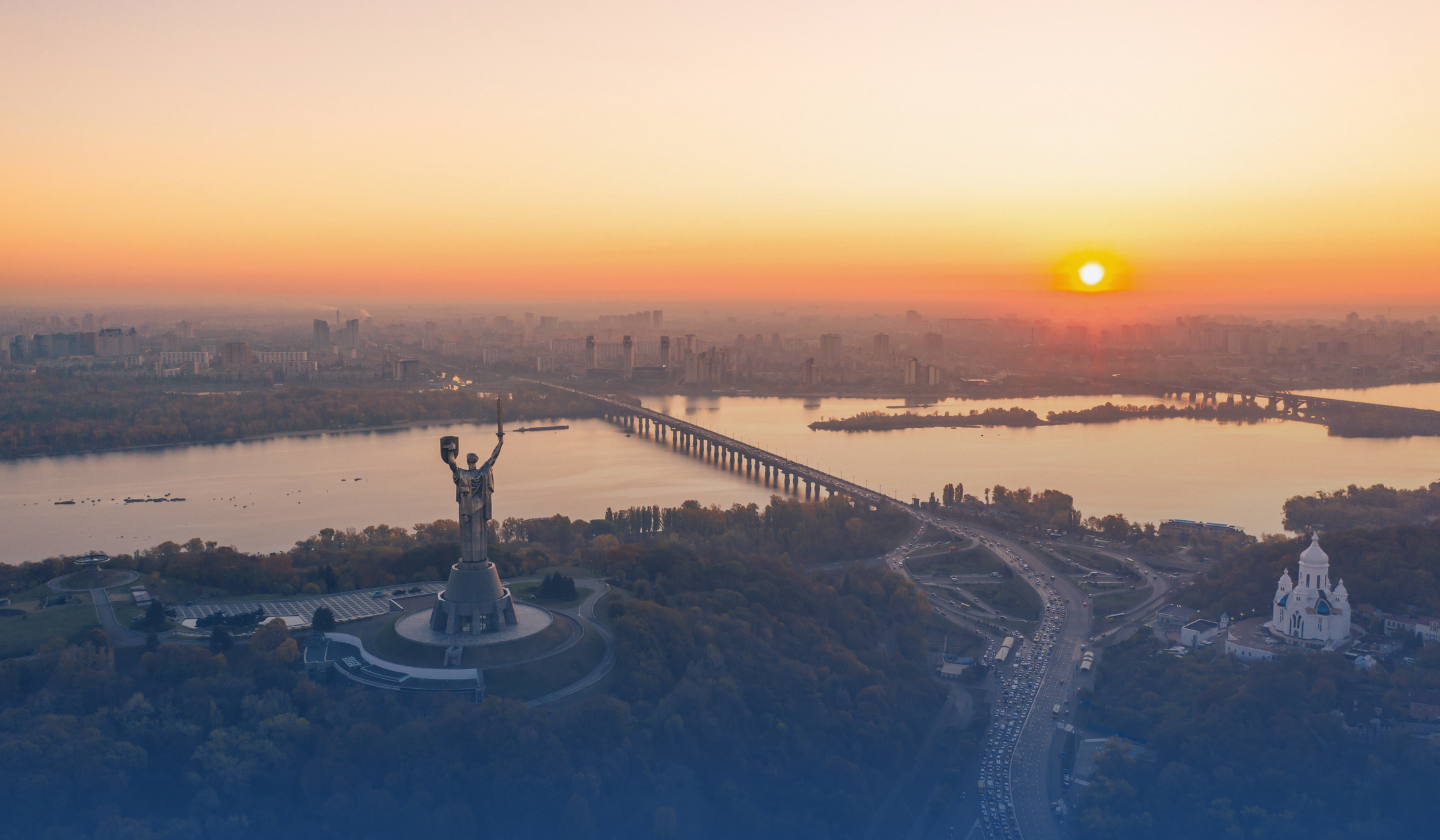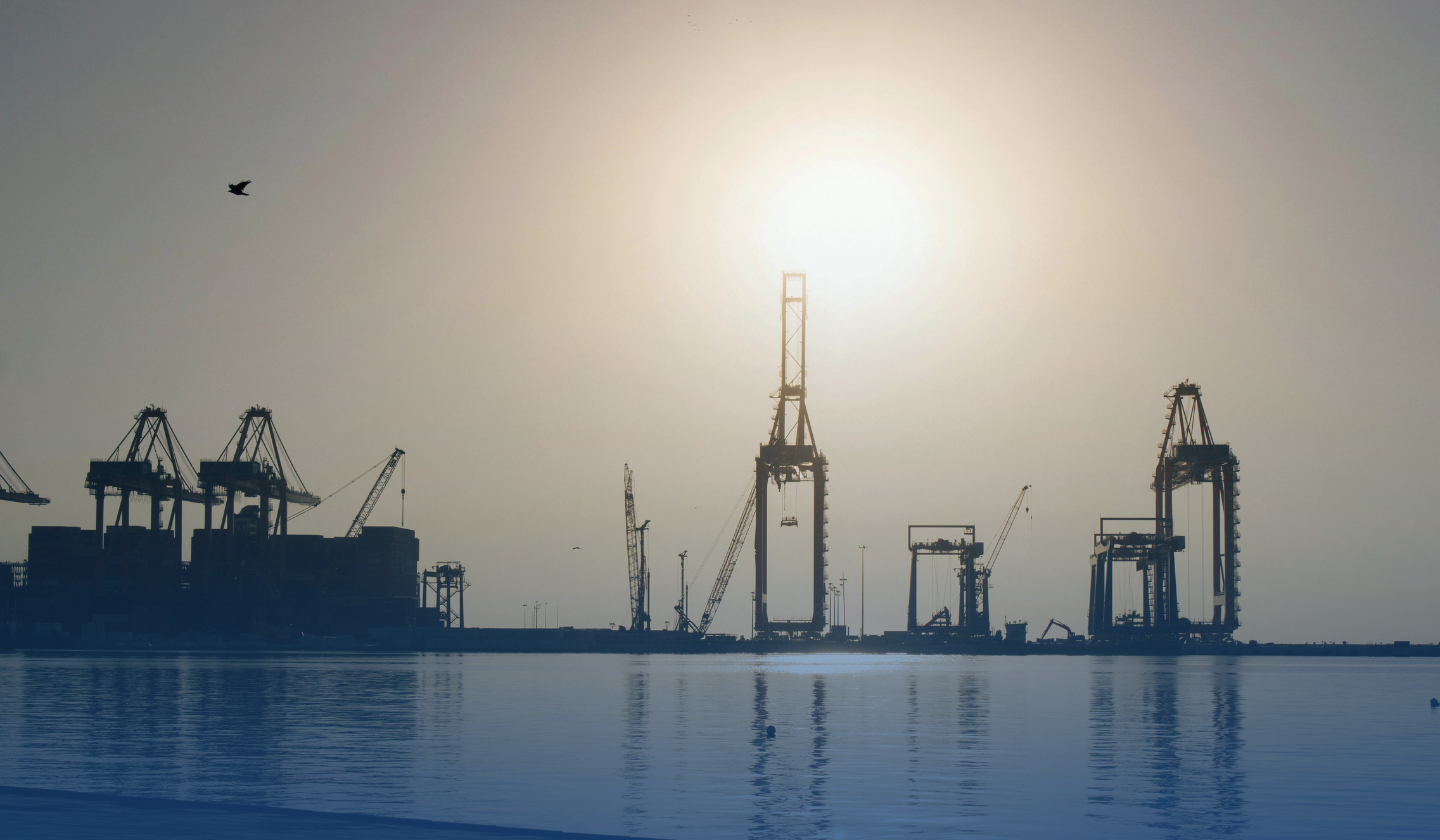In nearly every conversation I’ve had with investors from the Arab Gulf or people who work with them —whether institutional players, sovereign wealth fund executives, or high-net-worth individuals—the response is almost always the same:
“We are very interested in Ukraine, but we’ll wait until a peace agreement—or at least a full ceasefire—is signed.”
This cautious stance is understandable. Arab Gulf investors have a strong reputation for conservative, long-term strategies. They prioritize political stability, predictable legal frameworks, and low security risks before committing to new markets.
A Strategy That Worked—Until Now
This approach served the Arab Gulf investment community very well throughout the 2010s. Riding the wave of growing oil revenues, sovereign wealth funds and private investors from the region expanded into the West, Asia, and invested into their traditional allies in the Arab and Muslim worlds. Many of these investments were timed to perfection, with strategic M&As and profitable exits across both developed and emerging economies.
However, the global investment climate has shifted. Political stability is becoming a luxury, not a norm. Conflict and fragmentation are spreading—not only in Ukraine but even across regions previously considered safe, including parts of the Middle East itself.
In contrast to the Arab Gulf’s wait-and-see approach, many American, European, and Ukrainian investors are now treating the security situation as a window of opportunity—not a deterrent.
Examples of Bold Moves
A few recent cases illustrate this growing momentum.
- Kyivstar IPO on NASDAQ — Announced in August 2025 (listing took effect August 15, 2025). The listing underscores strong investor confidence; the company’s EV/EBITDA multiple was noted at about 3.7×.
- DTEK’s €125 million battery storage project — Announced in March 2025 and completed in September 2025. The energy firms DTEK and Fluence have built battery storage systems in Kyiv and Dnipropetrovsk totaling ~400 MWh capacity.
- Posco International’s energy project in Odesa — Announced in April 2025. This is a $106 million waste‑fuelled power plant, providing about 12 MW electricity and 40 MW heat.
- Kyivstar’s $155 million acquisition of Uklon — Announced in March 2025. Ukraine’s top telecom operator acquired Uklon (a ride‑hailing and delivery platform) in this deal, which became one of the contributing factors to Kyivstar’s successful IPO in August 2025.
In addition to the high-profile transactions noted above, a series of smaller M&A deals involving Ukrainian assets further underscore the country’s accelerating investment momentum.
Among the other less recent deals, the only major move since February 2022 from the Arab Gulf has been SALIC’s acquisition of a 12,6% stake in MHP in September 2024. That deal could be a significant win for SALIC, as, since the start of the full-scale invasion up until the time of the deal’s announcement, the MHP shares had reportedly shrank by almost a half.
Apart from that, most players in the Arab Gulf region are still on pause.
The Window Is Closing
Many assume that waiting for peace is the safest strategy. But the facts suggest otherwise.
In early 2022, during the short-lived peace negotiations between Ukraine and Russia, I was running a government relations consultancy in Kyiv. Within days of news breaking that talks were progressing, we received a wave of inbound inquiries—from foreign investors and their representatives—looking to schedule meetings with Ukrainian officials and prepare for market entry.
That flurry of interest came before any deal was finalized.
The same is likely to happen again—but on a much larger scale. And with that surge, prices will rise, competition will intensify, and the cost of delay will grow significantly.
What If There Is No Ceasefire?
If the military action simply drags on in a low-intensity form, the same investment dynamics is likely to unfold—just more gradually. Asset prices will steadily rise. New players will quietly enter the market. And competition for government attention and skilled labor will intensify as well.
A Smarter Approach for Gulf Investors
This is not a call to rush in blindly. Instead, it’s a call to begin taking measured steps — the steps that carry minimal risk but position investors to benefit from early mover advantage.
The smartest place to begin is to start “testing the waters”: search for opportunities, identify investment targets, build relationships with government stakeholders, and grow the capacity of the local teams that can be scaled up without delays at any time in the future.
Acquiring land or real estate is another wise early move. These are typically safe-haven assets, and current prices remain at 2006–2007 levels—offering exceptional value and high upside. One of the land plots I recently reviewed was offered at a price 15 times lower than its 2008 valuation, when it was used as collateral for a bank loan. There are many other underpriced land plots like this currently on the market.
Commissioning feasibility studies and developing investment strategies is also low-risk. These steps require no constant physical presence and can be done remotely through locally hired teams or consultants — preparing the investor for fast execution when the time is right.
Finally, many European and American companies are seriously looking at acquisition opportunities right now. Ukrainian assets across all sectors are trading at extremely low multiples.
With Kyivstar’s EV/EBITDA at 3.7x versus an average of 5.5-6.5x for similar telecom assets in Poland, the room for upside is obvious. A simple reversion to market multiples in case of deescalation or a cease fire, no matter how gradually or instantly it happens, could deliver an immediate return of 50% or more.
Waiting Could Be the Riskiest Strategy
Whether peace comes through negotiation or slow de-escalation, or in the less likely event that it never comes in the foreseeable future, Ukraine is moving forward.
Investors from across the world are already there—or on their way. While the military action continues and the headlines show frightening footage, the rest of the country rebuilds itself with the help of both foreign governments and private investors.
Those who delay may find themselves priced out or staying in line. For Arab Gulf investors interested in strategic diversification, Ukraine offers a rare opportunity. But like all rare opportunities, it won’t stay open forever.




